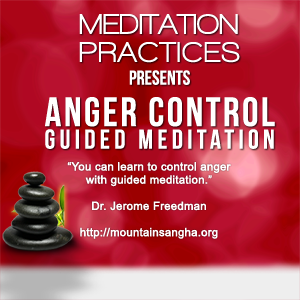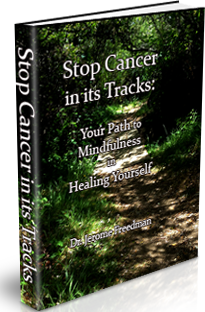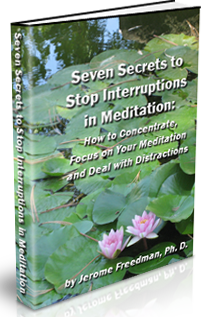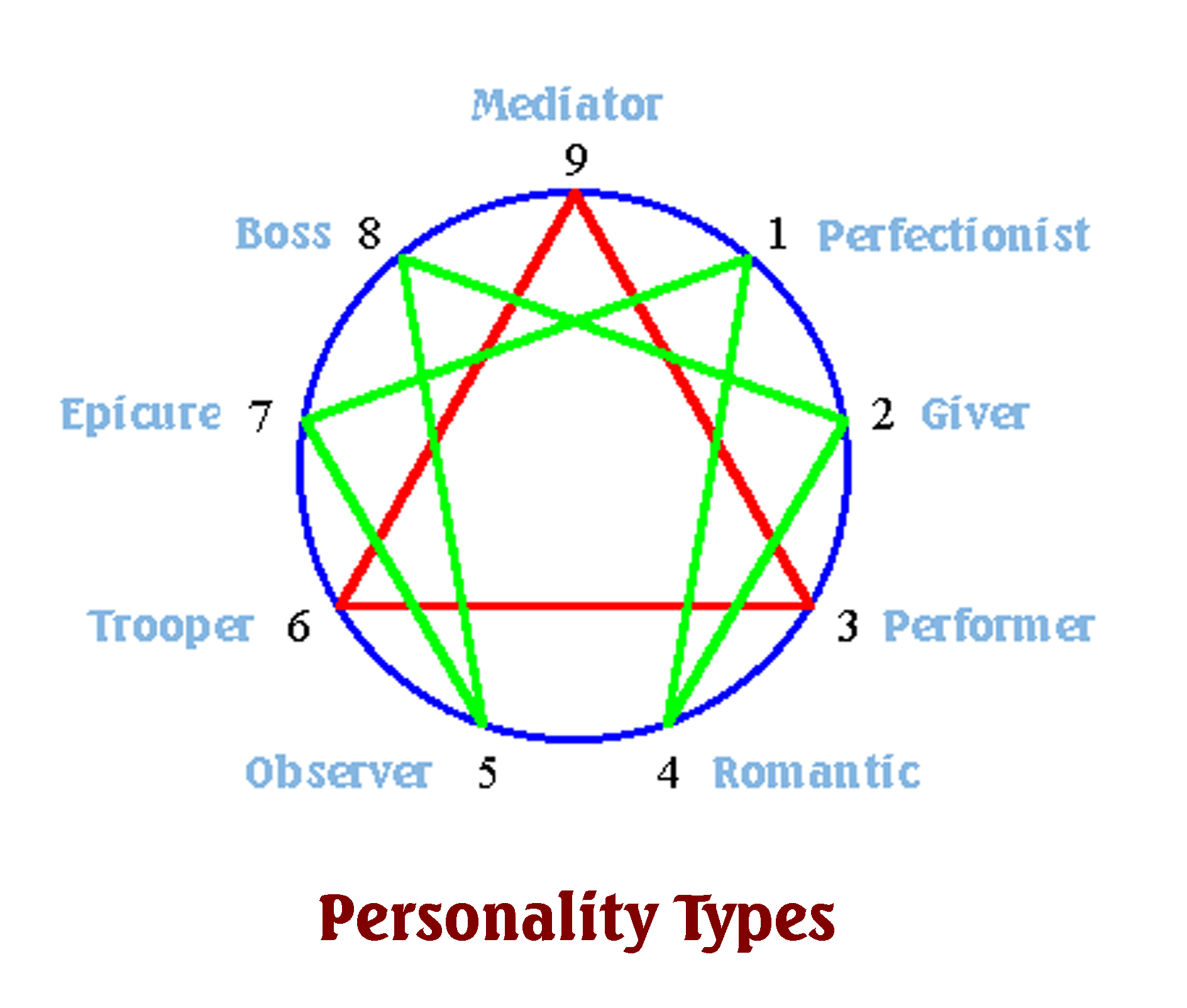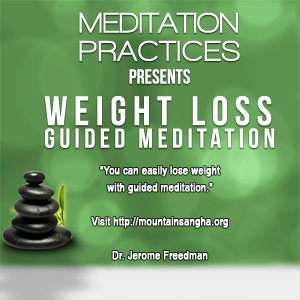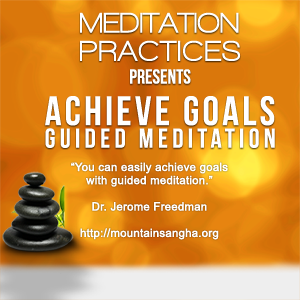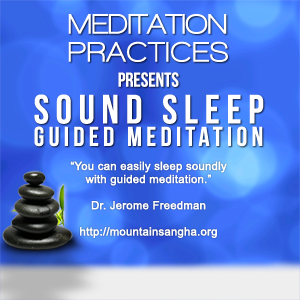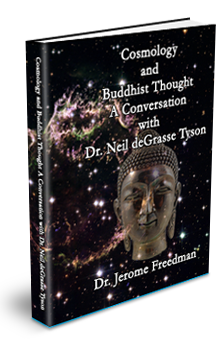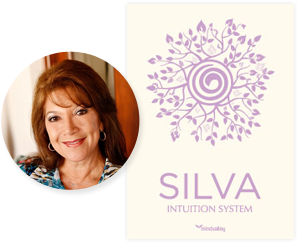The video in this article is from the Dhamma Discourses of Vipassana Meditation day 2 as taught by S. N. Goenka. This follows from the Dhamma Discourses of Vipassana Meditation day 1 that we presented on June 30, 2014.
In the video from day 1, we learned about the preliminary practices of vipassana meditation which mostly involved mindfulness of breathing or paying attention to the breath, “nothing but the breath,” as Goenka says frequently. We were taught to be mindful of our breath in a small area around our nostrils.
In this video, we are going to learn some interesting ideas about the path to liberation that the Buddha laid out more than 26 centuries before. There is a particularly interesting story about the Buddha’s path in the early part of the video.
A lay practitioner businessman who had been attending Buddha’s dhamma talks in the evening comes to the Buddha and asks him why he doesn’t use his power to make everyone enlightened. The Buddha’s answer is as instructive as it is long.
He teaches this businessman that everyone has to walk the path of all Buddhas by themselves. This is done by one of his famous teaching techniques of answering a question with another question.
Goenka uses this story to lead into another story which is also very enlightening. Another practitioner asks the Buddha to explain his method in simple words and with as few words as possible without any philosophy or complicated logic. The Buddha responded
“Abstain from all unwholesome deeds,
perform wholesome ones,
purify your mind” —
this is the teaching of enlightened persons.
This leads into a very clear presentation of the first stage on the path of the Buddhas: sila. Sila is moral practice, identical to the Five Mindfulness Trainings which we have seen so often. This means abstaining from unwholesome actions of body and speech.
Goenka expresses the precepts, which are equivalent to the Five Mindfulness Trainings as
- to abstain from killing any living creature
- to abstain from stealing
- to abstain from sexual misconduct
- to abstain from false speech
- to abstain from intoxications.
I am going to ask you a question about the story of the businessman which requires you to watch at least a part of the video. What did you think of the Buddha answering a question with a question? Won’t you please answer with a question? 🙂 The best one will receive a surprise gift!
 |
The Art of Living: Vipassana Meditation as Taught by S. N. Goenkaby William Hart A full-length study of the teaching of S. N. Goenka, prepared under his guidance and with his approval. Useful for meditators and non-meditators alike. This was the first book to appear in English that accurately describes the practice of Vipassana a… [Read More…] |


